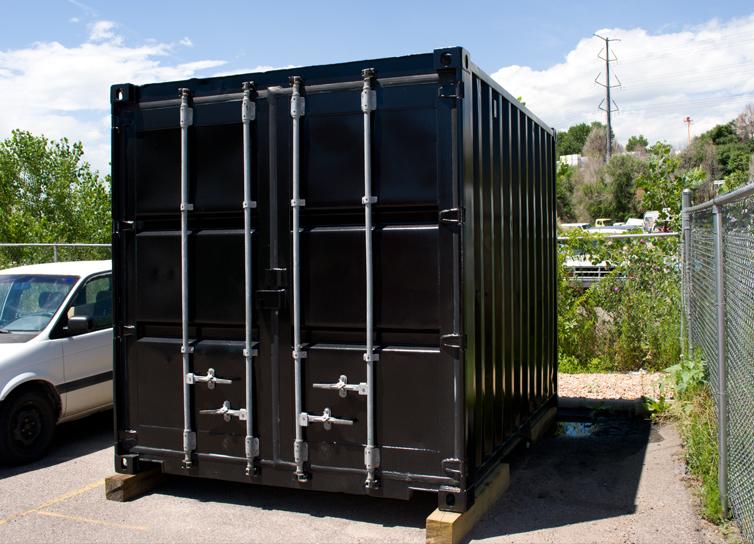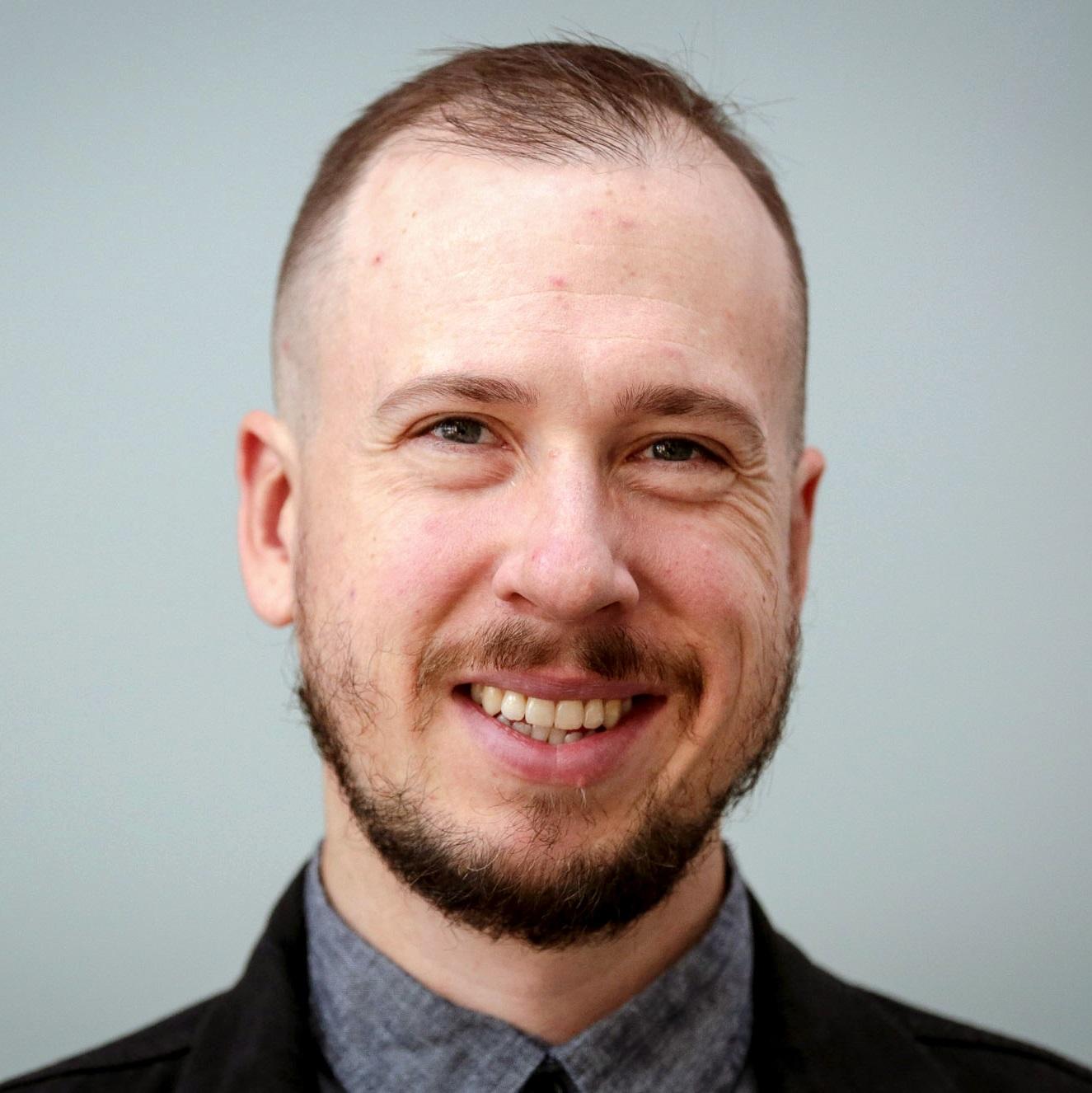
In the art world, “White Cube” is a common term for a traditional museum or gallery space, referencing those perfectly bleached walls that hold the art.
“There’s something intentionally sterile about that, something intentionally pure,” said Denver curator Cortney Lane Stell. “It really oscillates between a laboratory and a sacred space.”
Stell wants to turn that idea on its head and bring art to everyday spaces. She's now leading a new nonprofit called Black Cube that will do just that.
Artist and philanthropist Laura Merage -- who also founded Denver’s RedLine gallery -- created Black Cube. It's designed to serve, she said, as a “nomadic contemporary art museum.”
Stell, who has curated past exhibitions for RedLine, says the effort seeks to make contemporary art more accessible to the public. She will curate pop-up exhibitions with artists from Colorado and beyond. They'll work together to identify locations for site-specific projects and performances.
“The first locations I thought of were gas stations, grocery stores, public restrooms or botanic gardens -- public places where art could be a happenstance,” Stell said. "I think now it’s going to be a mix of public places and spaces that we rent.”
Stell spoke with CPR News about Black Cube's vision.

CPR: How will this work logistically?
Cortney Lane Stell: Black Cube will work with three artists in 2015 then about seven artists each year after. We’ll select them through a curatorial process. The artists will produce a site-specific project and a body of affordable art commodities -- we call them “objects” -- sold in the museum shop and affordable for the average person. We also have a black shipping container that’s about 13 feet by 13 feet. It’s a flexible tool that can be used for storage, as a gallery or performance space or as a shop. We used the shipping container construction as the frame for the building because it looks nomadic and it relates to transience and instability, all of those things we often talk about with artists.
CPR: Why did you decide to curate pop-up exhibitions to take these art works and performances to public spaces?
Cortney Lane Stell: The approach here is to allow people to stumble upon art, to allow different kinds of art encounters, and to take art outside of traditional spaces so people continue to ask those questions of: What is art? What does it do for society? And how does it impact me?
CPR: What is the first “Black Cube” exhibition?
Cortney Lane Stell: The first exhibition is with Desirèe Holman, who is based in Oakland, on Sept. 30. (Update 8/25: The first exhibit will be Oct. 1, due to a scheduling conflict at Red Rocks.) It will be an evening of projection mapping and live performance at the Trading Post outside Red Rocks Amphitheatre. The projection mapping will occur on the organic, enormous red rocks. It’s a Mars-type landscape, which is a great fit with her concepts of new-age, metaphysical, extraterrestrial sort of character types that she’s investigating. She’s looking at subcultures that believe in aura channeling, connecting with extraterrestrials, and new age ideologies and how that overlaps with science fiction. So Desirèe developed three different character types: a group of time travelers, a group of ecstatic dancers, and a group of indigo children. The performance will be a very immersive experience for the audience. And our shipping container will be there as well with Desirèe’s art commodity for sale. She designed a clothing line based off astral patterns that she uses in her video projections.
CPR: What are the advantages of curating pop-up shows?
Cortney Lane Stell: Think of the ways that museums with buildings are becoming antiquated. Think about the number of events or things museums have to do that are outside of actually showing and supporting art. And the gargantuan cost of operating institutions like that can be prohibitive to creativity and actually supporting artists. So Black Cube is not tethered to a building or to operating costs, it’s dynamic and flexible and we can mutate and mold ourselves to artists’ ideas.
CPR: What are the challenges of not having a static space to house exhibitions?
Cortney Lane Stell: One big challenge is procuring a site that connects to the artist’s practice and that is financially feasible. We’ve had to retool some ideas because finding buildings can be very difficult, especially in Denver right now. For example, Denver artist Derrick Velasquez wanted a warehouse space. And with the pot boom, warehouse spaces are highly sought after and super expensive.
Desirèe Holman wanted to create this projection mapping experience in downtown. Projection mapping takes the environment into account and designs the projection and mapping software so that it fits the architecture and different crevices of a building. Our idea was a month-long experience, but then I found out it can be about $5,000 to $10,000 to project per night, so that was not an option.
CPR: What’s the goal for Black Cube?
Cortney Lane Stell: Black Cube has two goals. One is to increase access to contemporary art by bringing art outside of the gallery and by making art more affordable. We also want to support artists’ sustainability by allowing them to experiment and by funding ambitious projects and providing them a year of curatorial and development support. For example, one artist wants to get more exhibitions outside of their home state and another artist really needs some critical thinking and writing developed around their practice. The idea is not just working with someone to produce something to an end but also working with the artist holistically.








